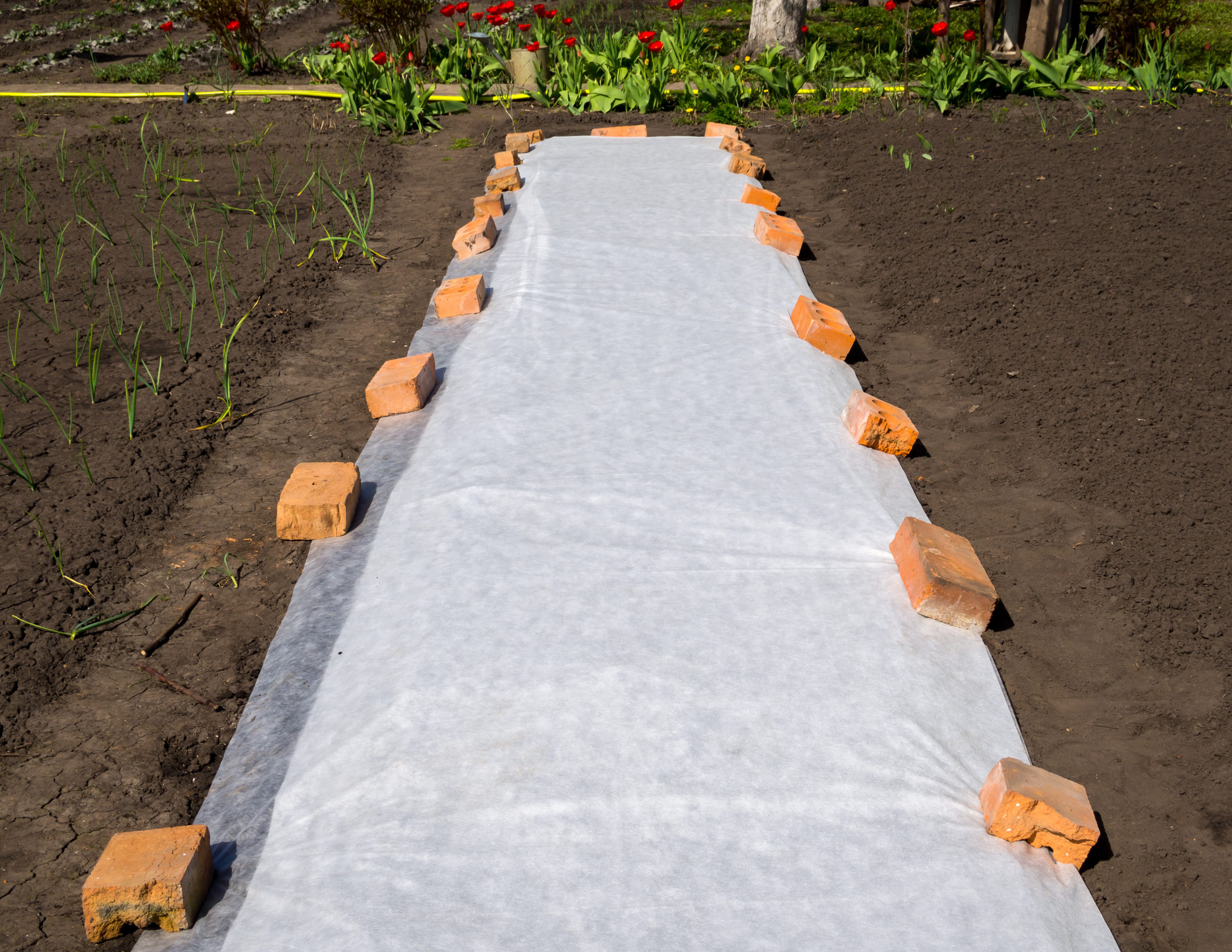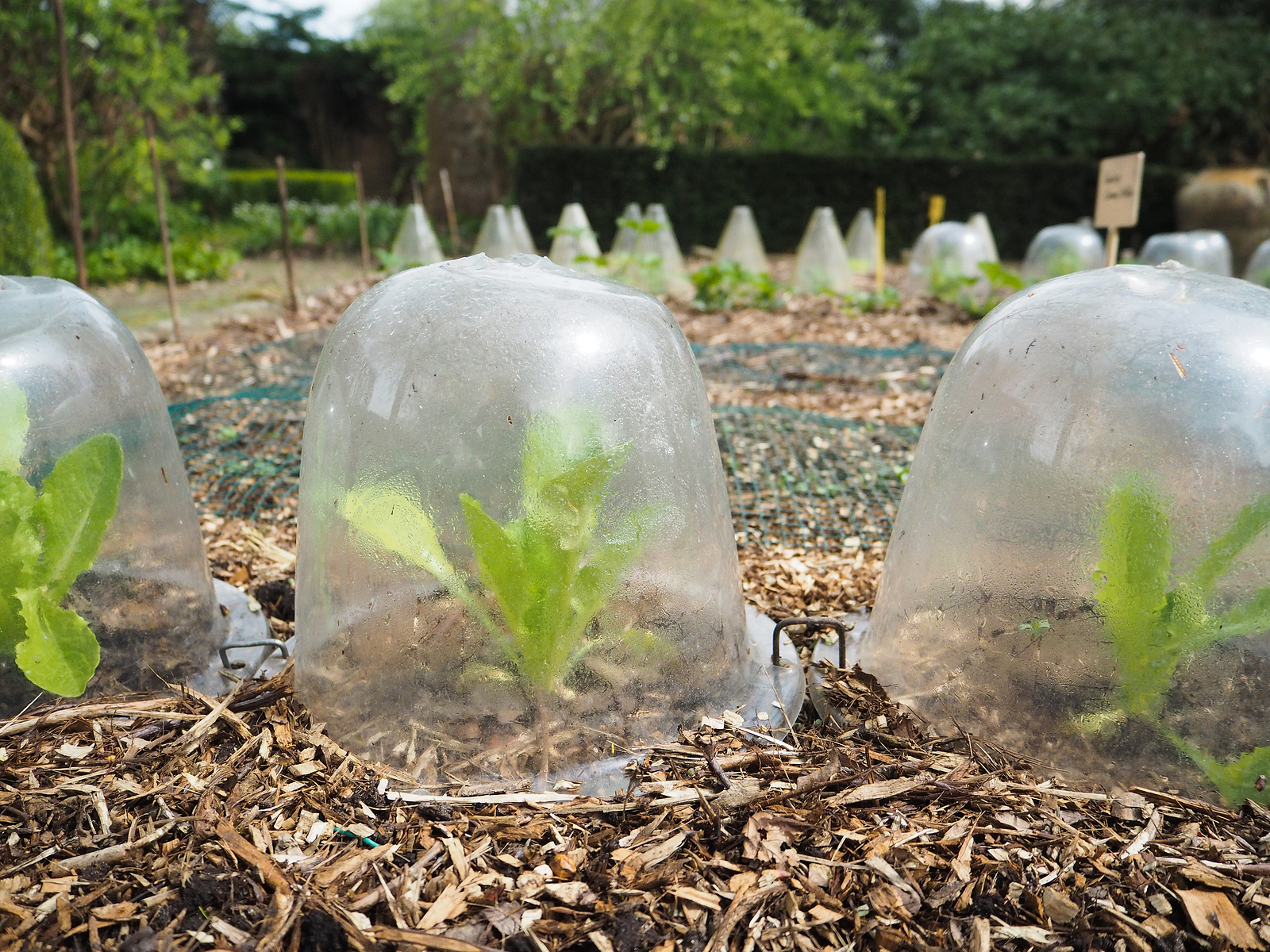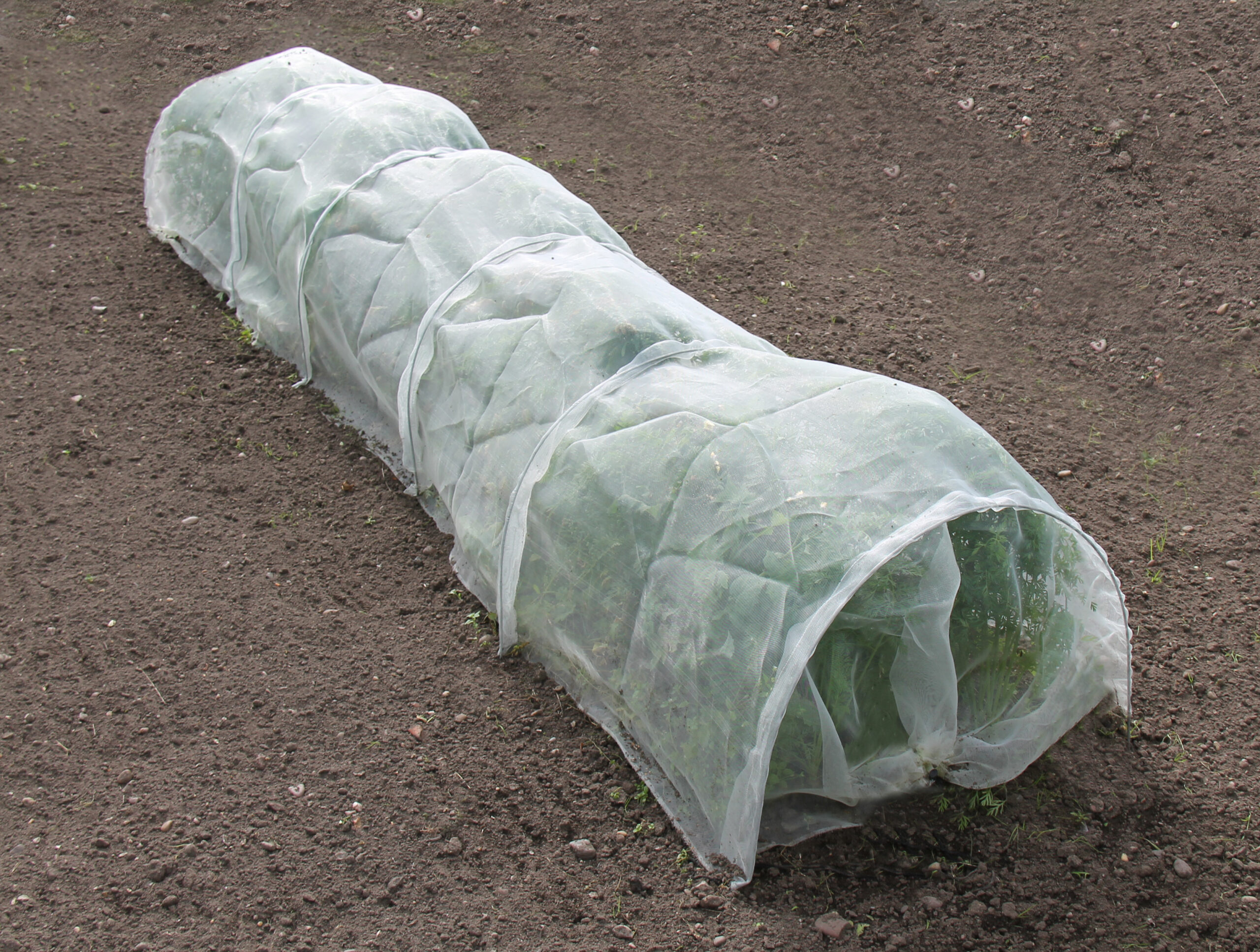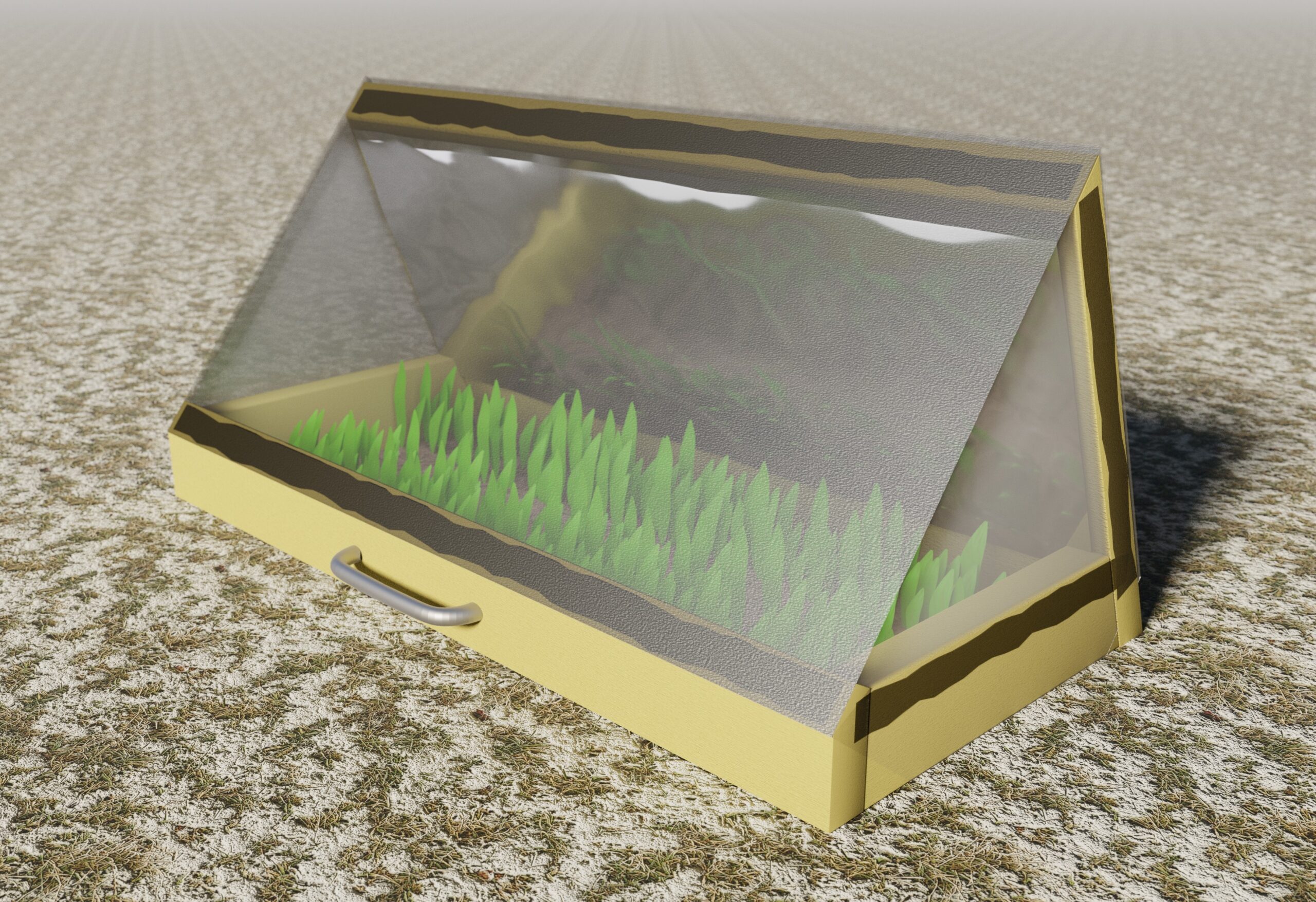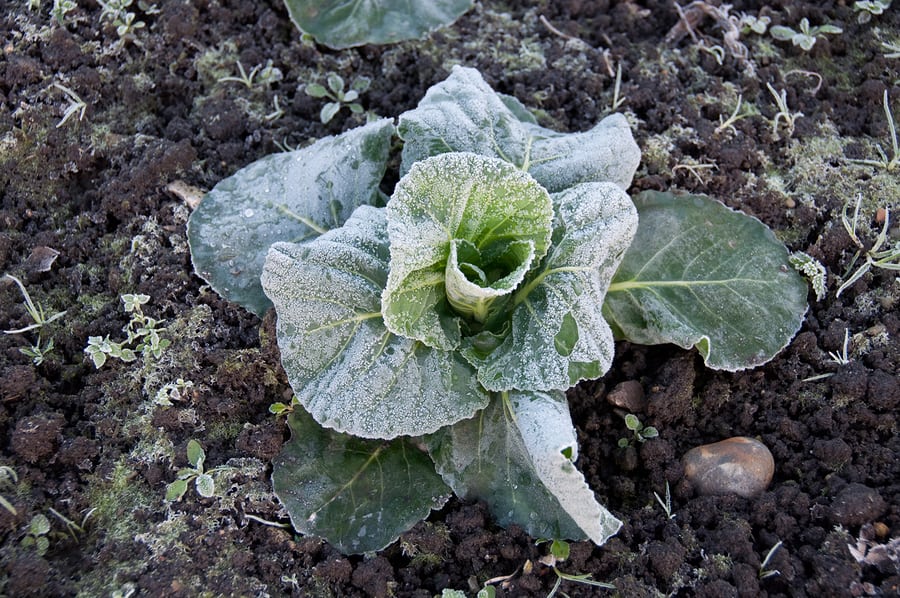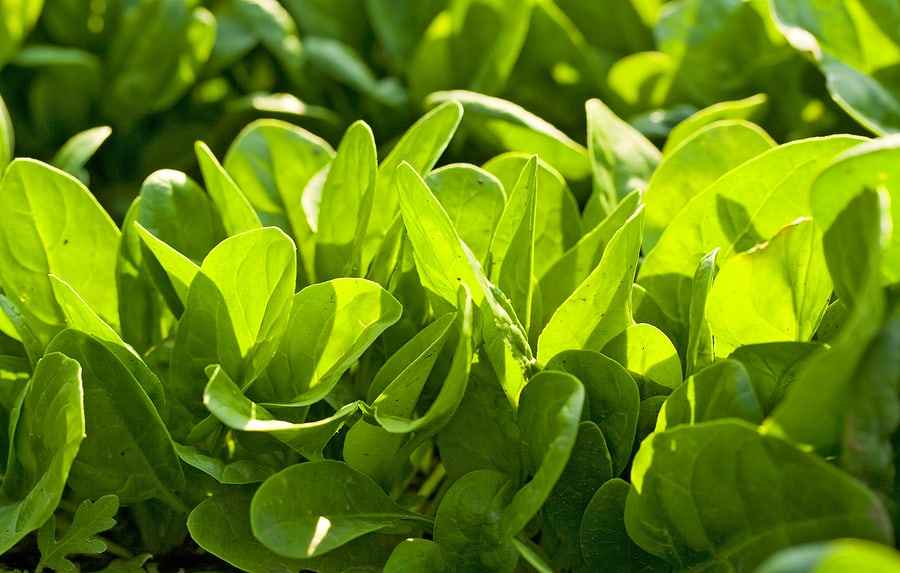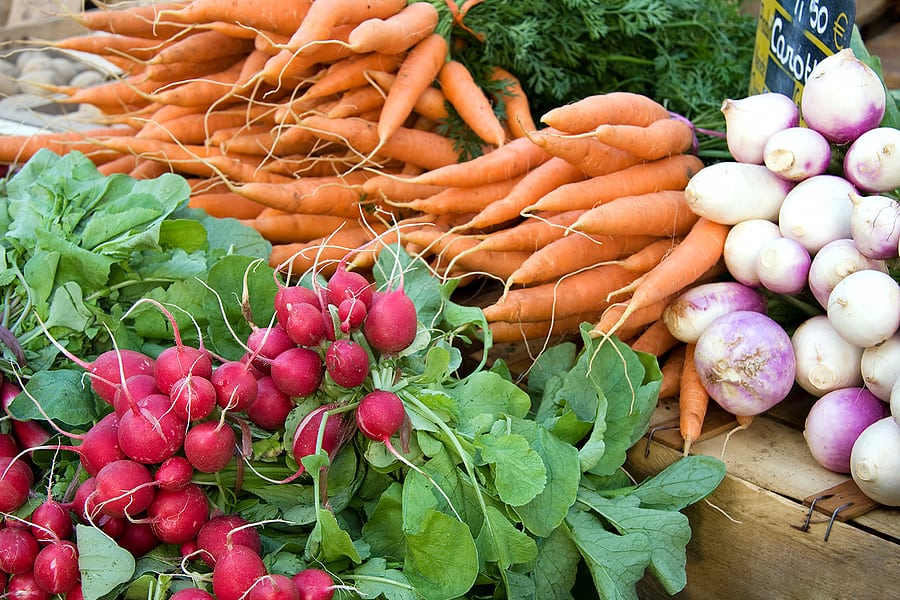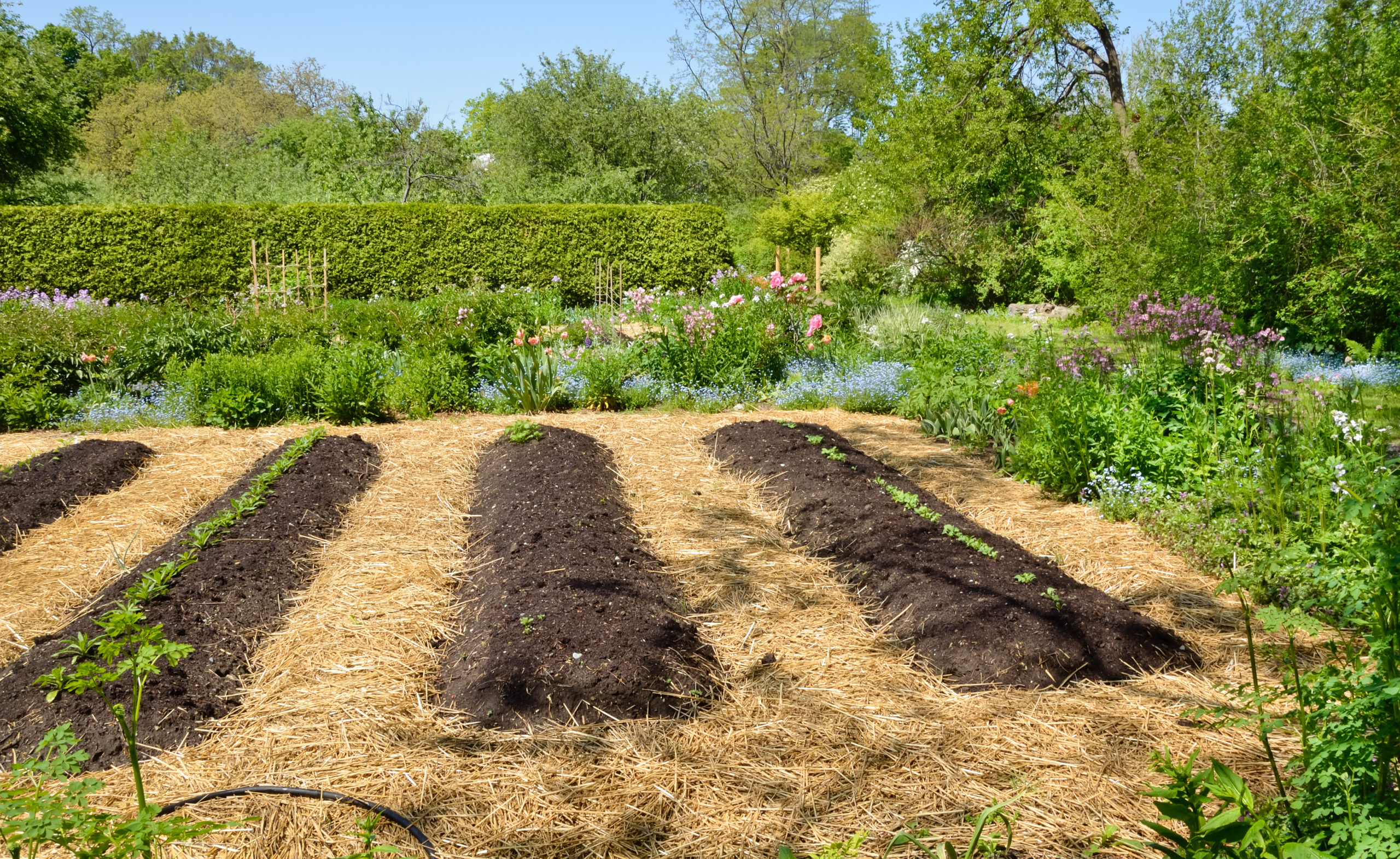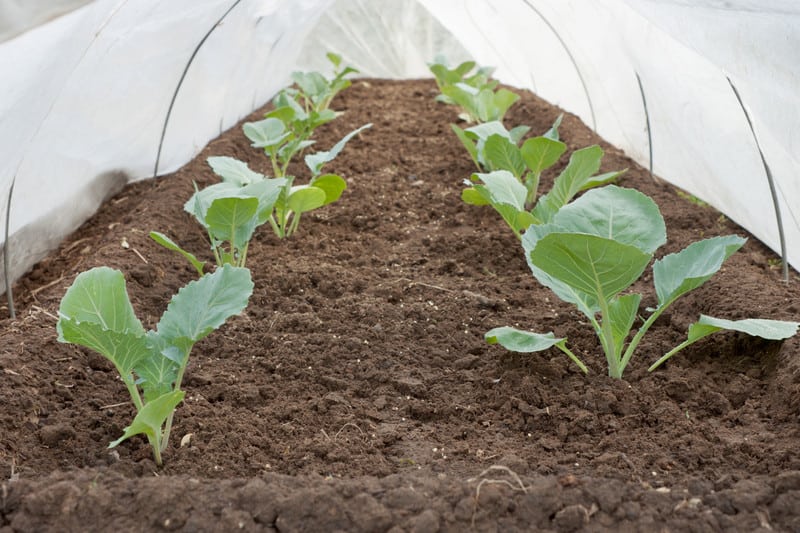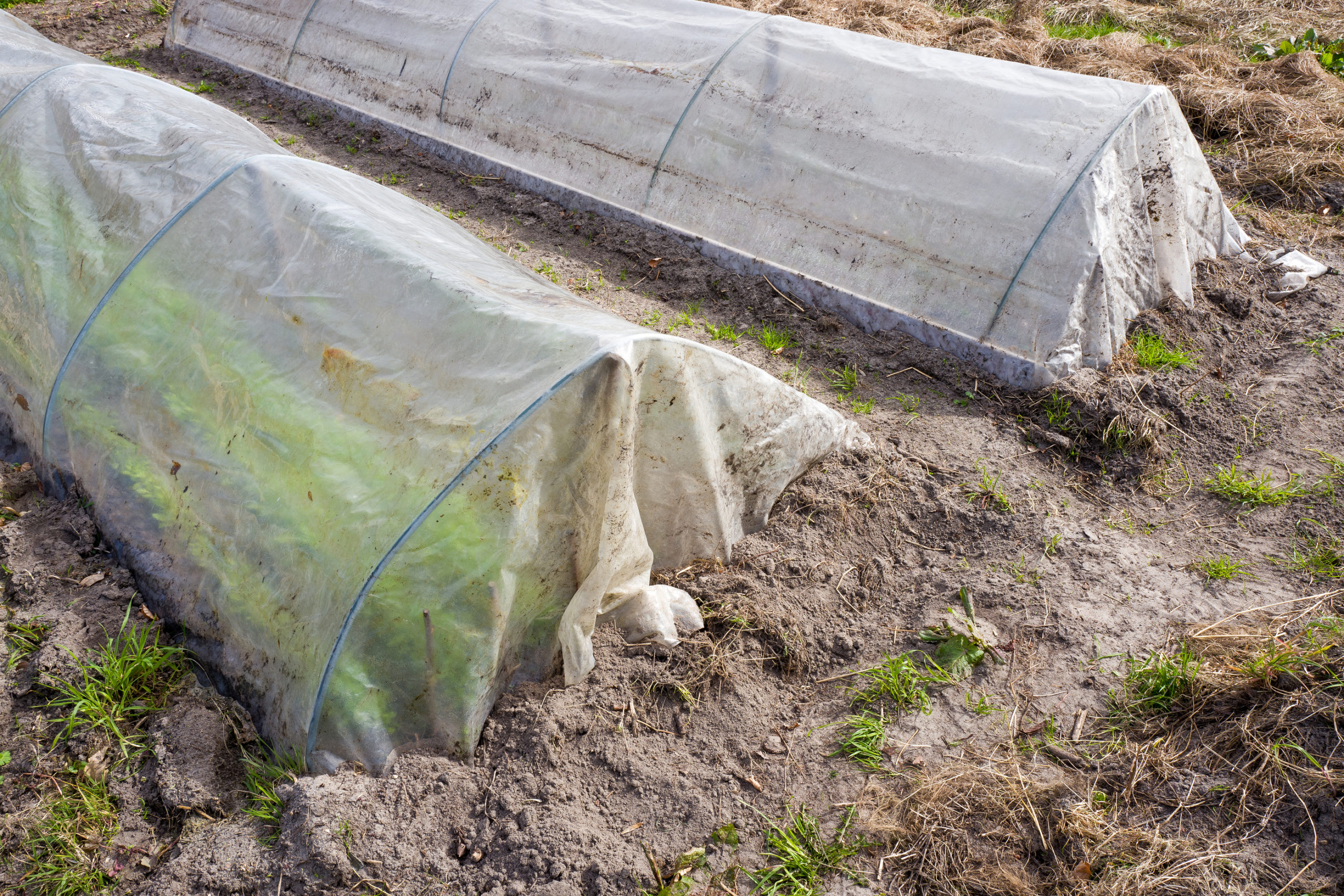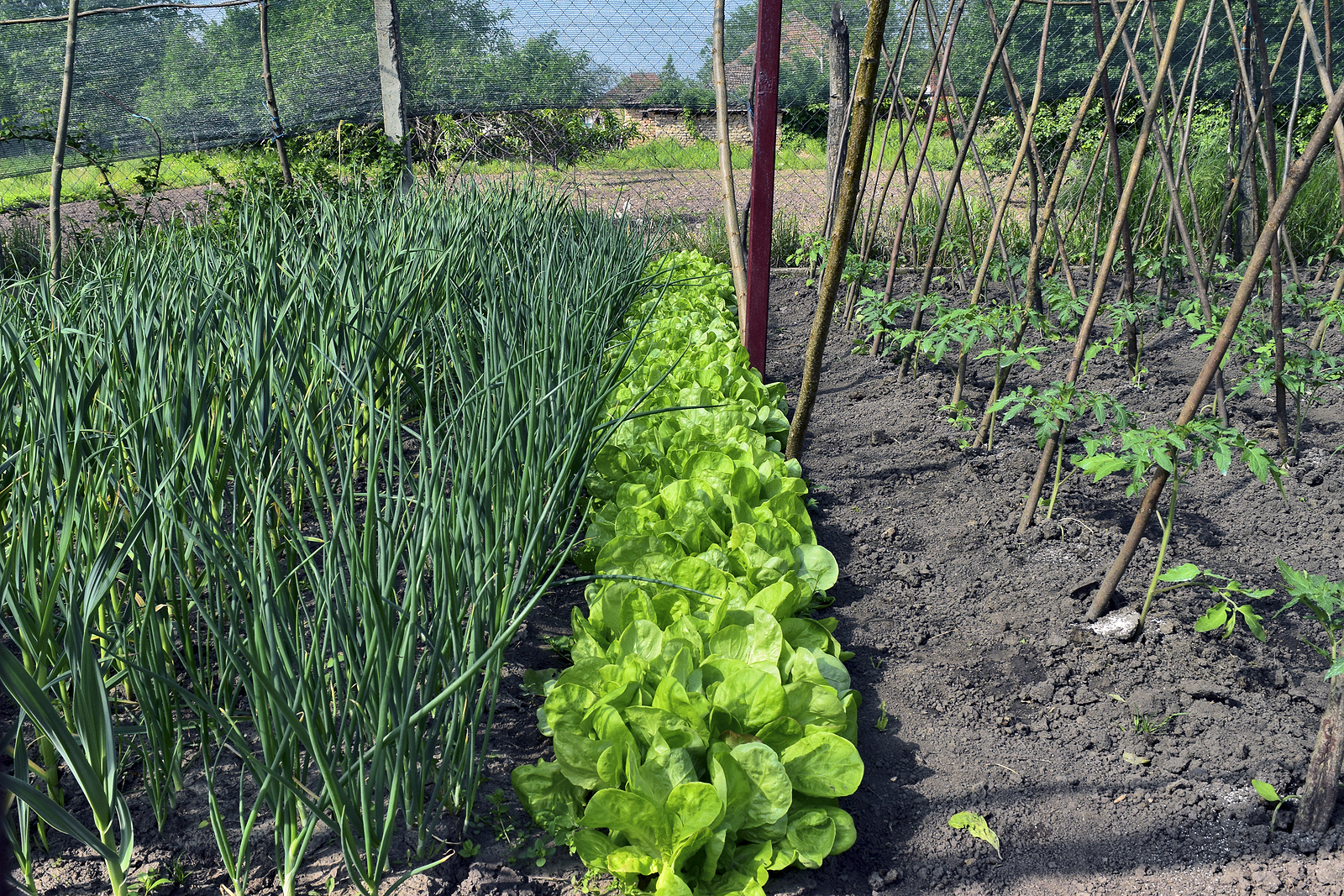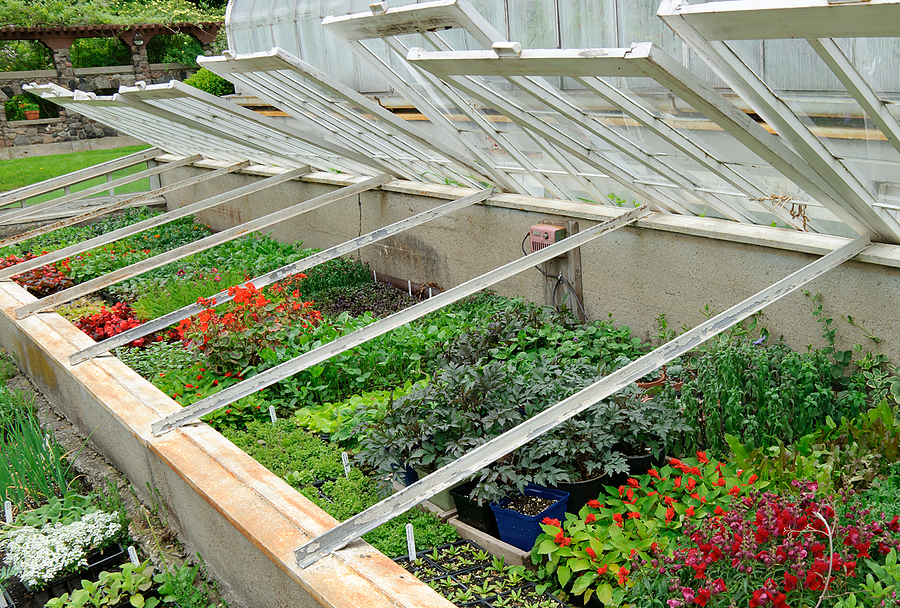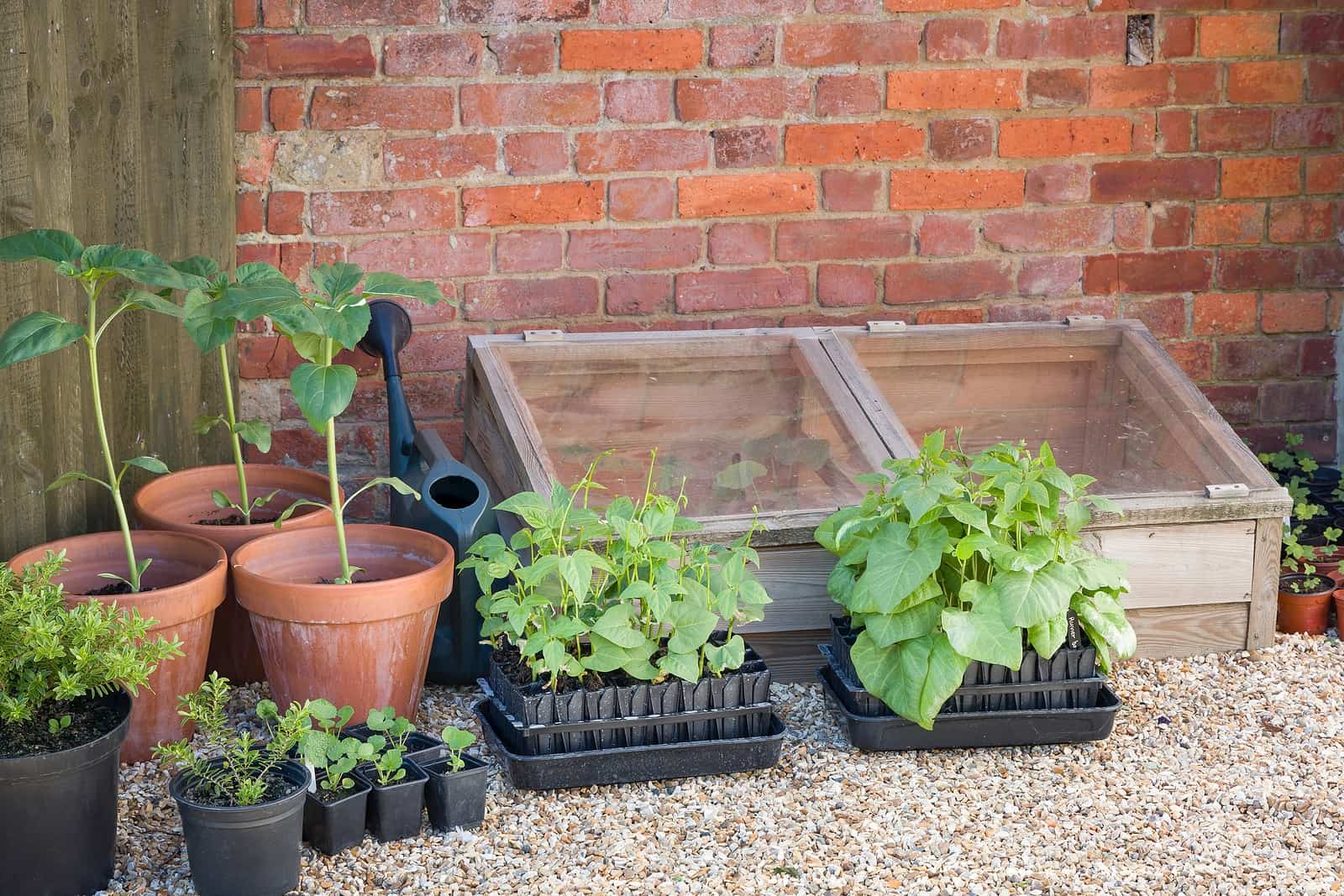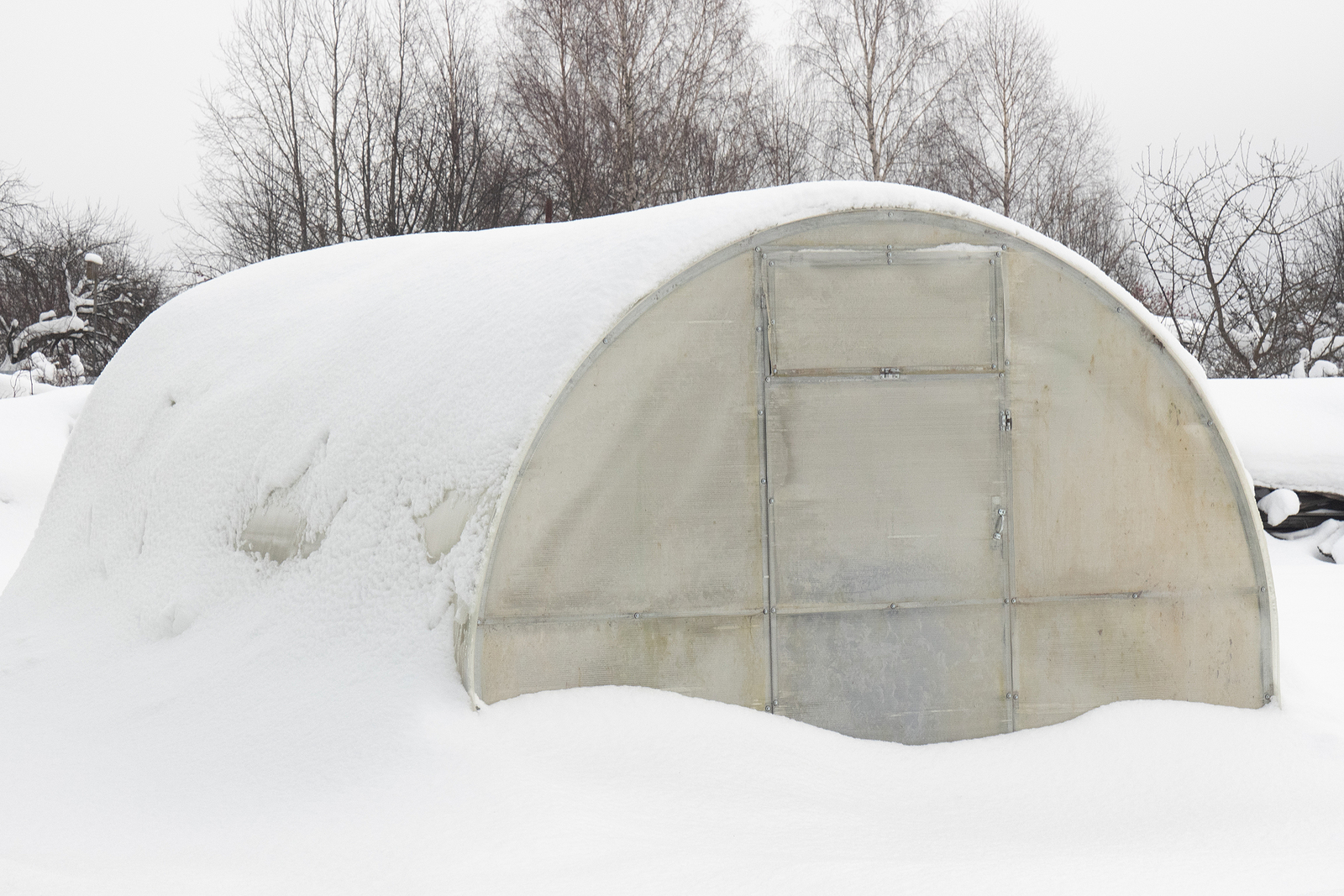Season Extension
Latest stories
More stories
-
Hoop Tunnel Buyer’s Guide
A hoop tunnel can protect plants and seedlings from seasonal temperature extremes in early spring and late fall, heat in summer, animals, and flying pests. Hoops can be covered with lightweight, translucent, spun-bonded polyester, plastic sheeting of varying weights, shade cloth, or bird netting. A hoop tunnel is often used as a sort of cold […] More
-
Cold Frame Buyer’s Guide
A cold frame can extend the growing season, either in spring or autumn. A cold frame is a sturdy, open-bottomed box with a glass or plastic lid that lets sunshine in but keeps the cold out. Sunlight trapped in the closed box heats the air and soil inside allowing plants to thrive. In spring, cool-weather […] More
-
How to Grow a Winter Vegetable Garden
Many vegetables can be grown in winter and harvested in winter or early spring. Some vegetables take most of a year to mature; they are planted in spring and harvested in winter. Other vegetables can be sown in midsummer or early autumn for autumn and winter harvest. Vegetables for winter harvest include leeks, salad leaves, […] More
-
Cool-Season Vegetable Varieties
Cool-season vegetables are for planting and growing in late winter, early spring, or in late summer, autumn, and early winter. These crops do best in temperatures between about 40°F and about 70°F (4-21°C). Many can withstand temperatures colder, but few can thrive in temperatures warmer. Make sure that cool-season crops planted in spring have enough […] More
-
Vegetables for Fall Harvest
Leafy greens, root vegetables, and members of the cabbage family are good fall harvest crops. These crops can be planted in mid- to late-summer for fall harvest. Fall harvest crops are generally cool-weather crops, the same ones commonly planted in late winter or early spring for late spring or early summer harvest. Where autumn weather […] More
-
How to Grow a Fall Vegetable Garden
You can grow vegetables for harvest in the fall. Plant a fall and winter harvest vegetable garden in mid-to-late summer. Hardy, cool-weather crops are best suited for the fall vegetable garden. Cool-weather vegetables like to get their start in warm soil and come to maturity when days and nights are cool. Cool-weather vegetables include leafy […] More
-
Row Covers Plant Protection
Floating row covers and plant blankets are an easy way to protect crops from chilly nights and light frosts. Row covers, floating row covers, and garden blankets are made from varying weights of synthetic materials and are used to protect plants. Floating row covers are made of lightweight spun poly fabric and are laid loosely […] More
-
Plastic Tunnels for Growing Vegetables
Plastic tunnels can be used to extend the vegetable growing season by 4 to 8 weeks. A plastic tunnel is easily made by draping plastic sheeting over a series of sturdy wire or plastic hoops to create an enclosed growing space. A plastic tunnel works much like a cold frame. The temperature inside a clear […] More
-
Growing Season for Vegetables: From Planting to Harvest
Planting vegetables in the right season will greatly enhance your harvest. Most vegetables belong to one of two seasonal groups: cool-season crops and warm-season crops. The planting date for each vegetable depends upon the temperature and the weather that the vegetable can best tolerate. Cool-season vegetables grow best in early spring or in late summer […] More
-
Vegetable Garden Cold Frame
A cold frame is a bottomless box with a clear or translucent top. It is set on the ground or over a planting bed to capture solar energy and heat the air, soil, and plants inside. A cold frame can extend the growing season by one to several months. A cold frame can keep plants […] More
-
How to Make a Cold Frame
A cold frame—a low, bottomless box with a clear glass or plastic top, that is set on the ground or over a sunken bed—can extend the growing season by 1 to 3 months. Use a cold frame to extend the growing season from fall into early winter and late winter into spring and protect plants […] More
-
Vegetable Garden Season Extension
Vegetable garden season extension is a term used for growing vegetables outside of the natural growing season—that is during winter, early spring, or autumn spring when outdoor temperatures are too cold for most plants. To extend the season, plants must be protected by covers small or large. When soil and air temperatures fall below minimum […] More

